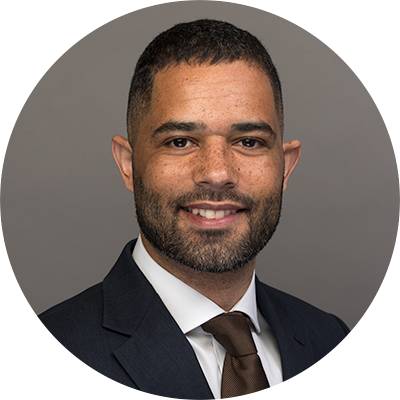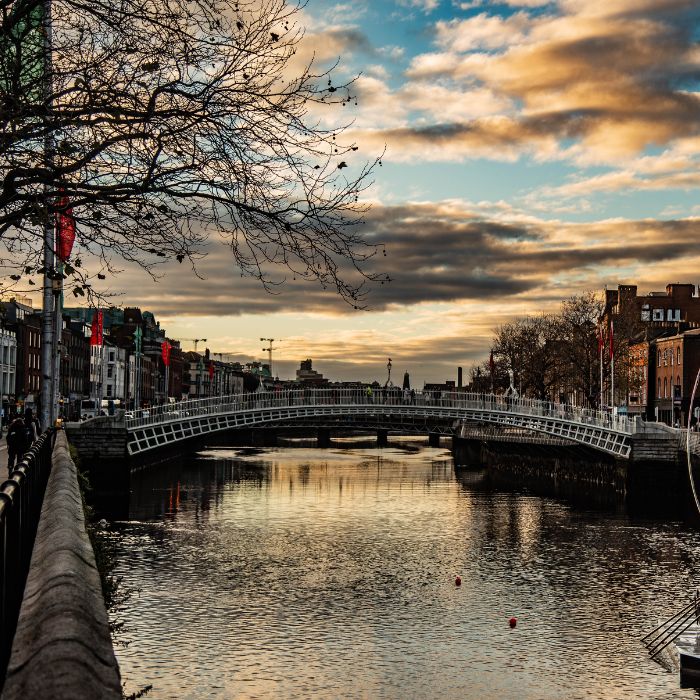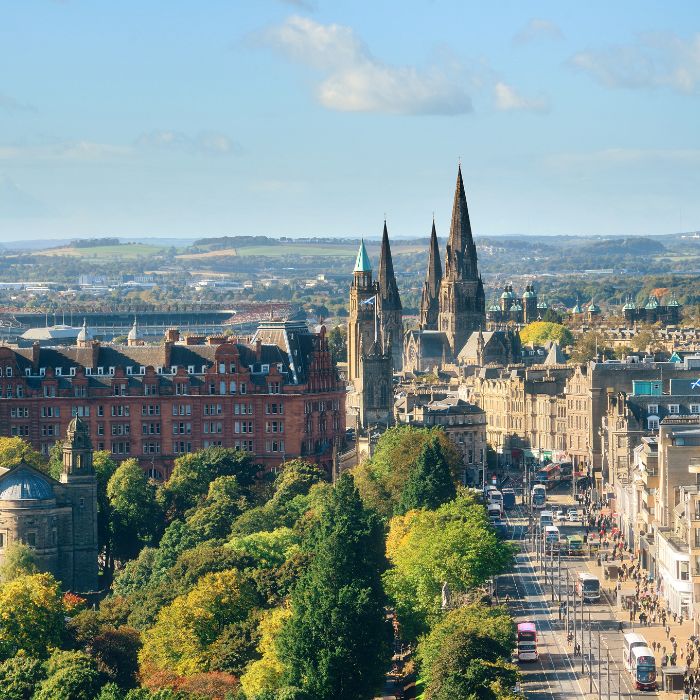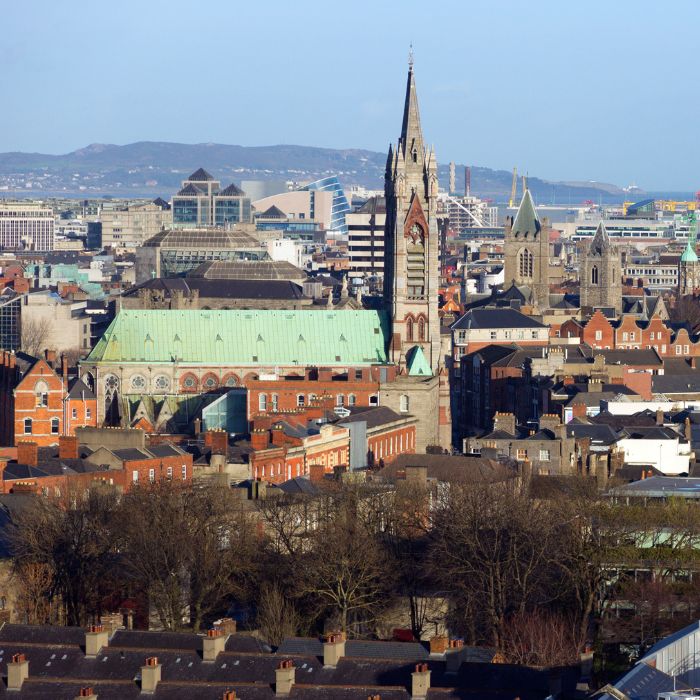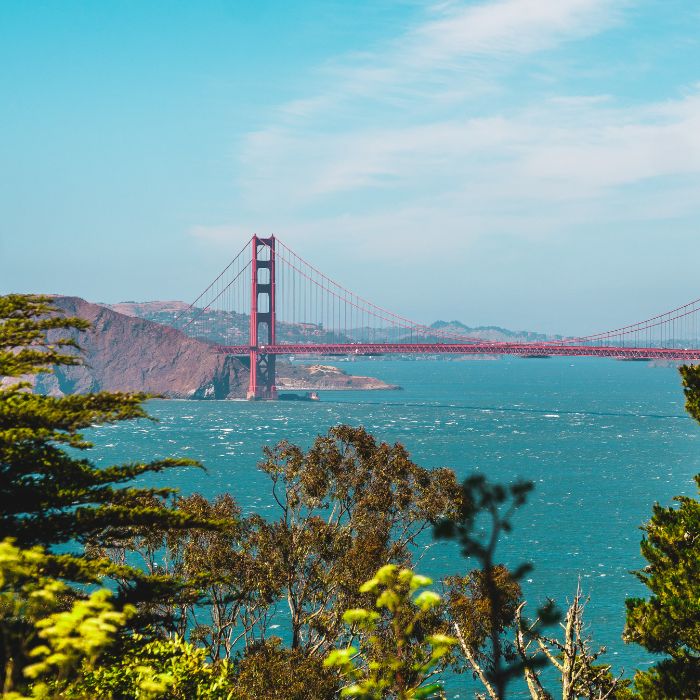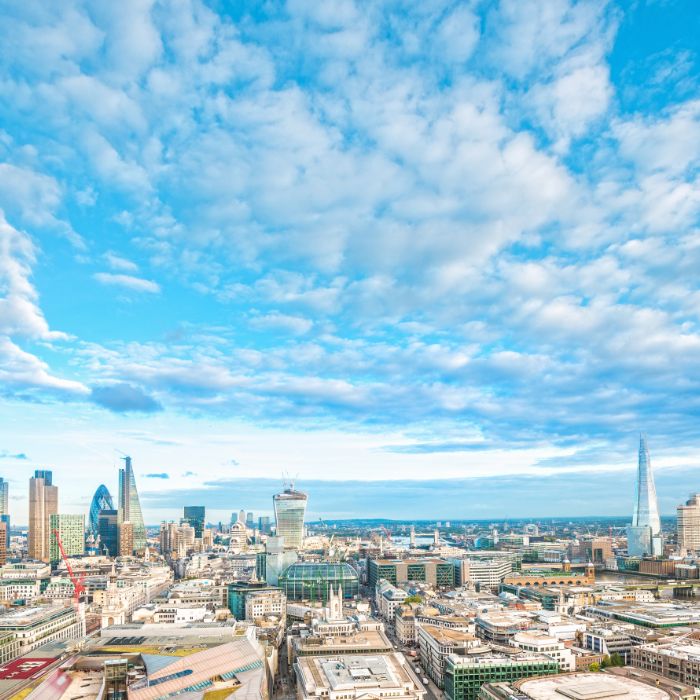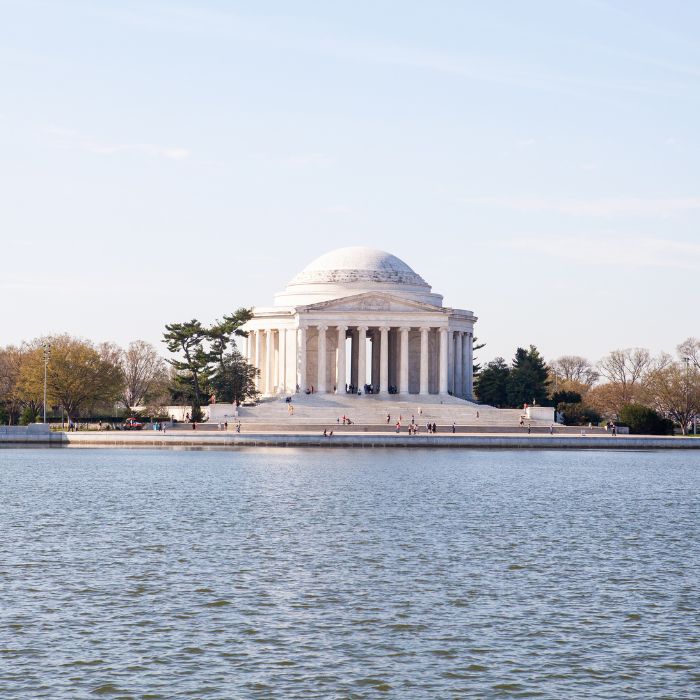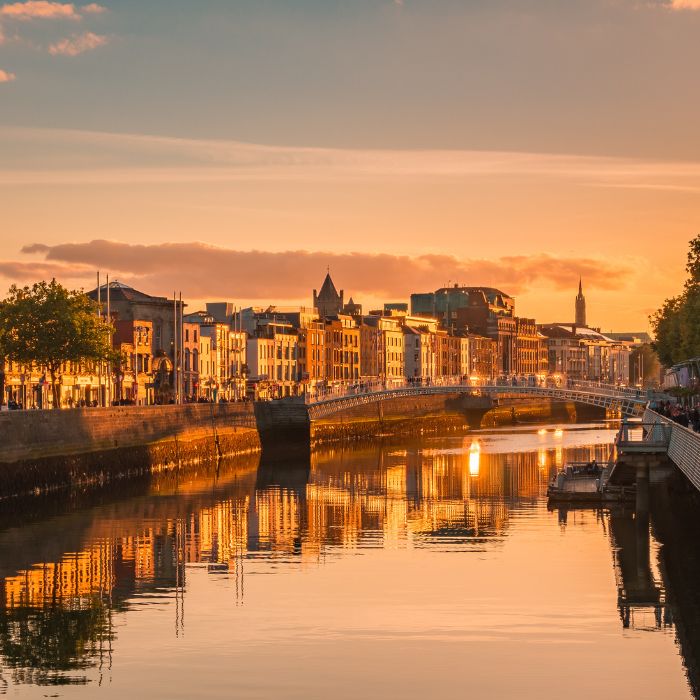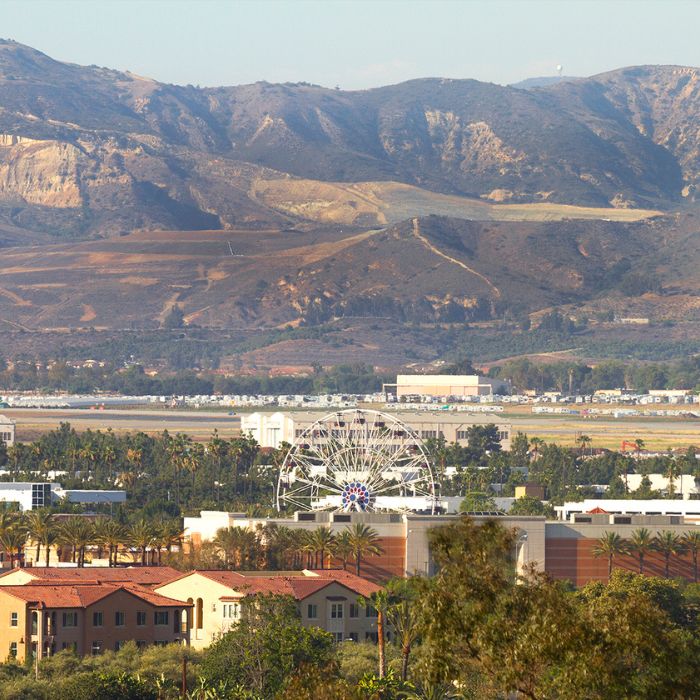The O-1 Extraordinary Ability Visa: The Right Choice for Talent in Creative Industries and Beyond?
February 27, 2024
Next week, the Oscars ceremony will roll out the red carpet to those in the entertainment and creative industries. The United States has long been an attractive destination for global talent across these sectors, including actors, musicians and gaming companies, amongst others. Evolving landscapes—from billboards and the silver screen to social media influencers and big-budget streaming—have only continued to cement the U.S. at the forefront of worldwide entertainment.
High-profile talent in various entertainment industries from outside of the U.S. must carefully plan their immigration steps and may consider applying for the O-1 Extraordinary Ability visa as the appropriate work and visa category.
Proper planning and immigration application management are key, particularly for those in creative industries, as their schedules are often busy and in flux.
Ensuring the right support is in place to coordinate affairs with U.S. government agencies and the complex variety of embassy processes is paramount, as they can often prove challenging and unpredictable.
This blog provides a high-level overview of considerations related to planning a move to the U.S. with O-1 work authorization.
The O-1 process
Extraordinary Ability or Achievement
To qualify for O-1 work authorisation (and the subsequent visa) in the motion picture or television industry, an applicant must demonstrate a very high level of accomplishment in the industry, evidenced by a degree of skill and recognition significantly above that ordinarily encountered, and which must be outstanding, notable or leading.
Applicants in the O-1 category in the field of arts must show extraordinary ability, meaning “distinction,” a high level of achievement in the field of the arts substantially above that ordinarily encountered, to the extent that they are prominent, renowned, leading or well-known in the field of arts.
While the O-1 category is often suitable for the world’s entertainment “A-Listers,” it can also be appropriate for those who are at the top of their fields in the worlds of business, science, athletics and education.
Timing and Adjudication
U.S. immigration processes are multi-layered, and a U.S. or foreign employer or agent should file an O-1 work petition on behalf of the individual, which must then be approved by United States Citizenship and Immigration Services (USCIS).
The O-1 petition will include a significant amount of documentation evidencing the applicant’s extraordinary ability or achievement, in addition to consultation letters from the appropriate labour unions or management organisations. This takes time, and there is a risk of USCIS responding with a Request for Further Evidence (RFE), which could further impact timing and should be accounted for when planning.
Once the O-1 petition has been approved by USCIS, most visa applicants are required to attend an in-person appointment at a U.S. embassy or consulate. The appointment calendar can be unforgiving and often not conducive to busy schedules. Visa applicants are interviewed by a Consular Officer to determine their eligibility for the visa.
Timing considerations are extremely important, particularly as some consular posts are still dealing with the effects of a backlog from COVID-19. It is therefore critical that anticipated U.S. travel dates and lead times are considered as soon as possible.
Interview
Visa applicants will typically be inside the embassy for several hours while they wait for their visa interview. This can sometimes be a concern for high-profile applicants, making it important to work with the embassy to make their attendance for the interview as smooth as possible.
Processing
After the interview, the applicant’s passport will generally be kept for up to ten business days while the embassy conducts its background security checks and issues the visa into the passport. Processing can occasionally be longer and additional administrative processing security checks may be needed.
While it might be possible to liaise with the embassy to reduce this timing slightly, it cannot be guaranteed, and for clients with full schedules, involving frequent international travel, this timing can be an issue. It requires very careful planning to minimize the time the applicant is without their passport and strategizing alternative solutions for their international travel where needed.
Application
As part of an O-1 visa application, even with a work permit in hand, additional steps are still required. Comprehensive, online visa applications must be submitted for each applicant before the interview. Application forms are lengthy and require a large amount of personal information. Applications submitted with errors can lead to significant delays and even refusals.
Additional considerations
Other complications can also affect the application process, including overstays, previous visa denials, arrests, convictions and more, which may need to be disclosed as part of the application. Additional documentation, such as a waiver of inadmissibility, may be required, and preparedness is key to avoiding delays.
Need to know more?
If you are considering a move to the U.S. for work or will be participating in a film or television project in the U.S. and feel the O-1 visa category could make sense for you, please contact Manager Lewis Davis at [email protected] or Manager (Attorney) Karnig Dukmajian at [email protected] to learn more about navigating U.S. visa application processes and O-1 requirements.
This blog was published on 27 February 2024, and due to the circumstances, there are frequent changes. To keep up to date with all the latest updates on global immigration, please subscribe to our alerts and follow us on LinkedIn, X, Facebook and Instagram.



